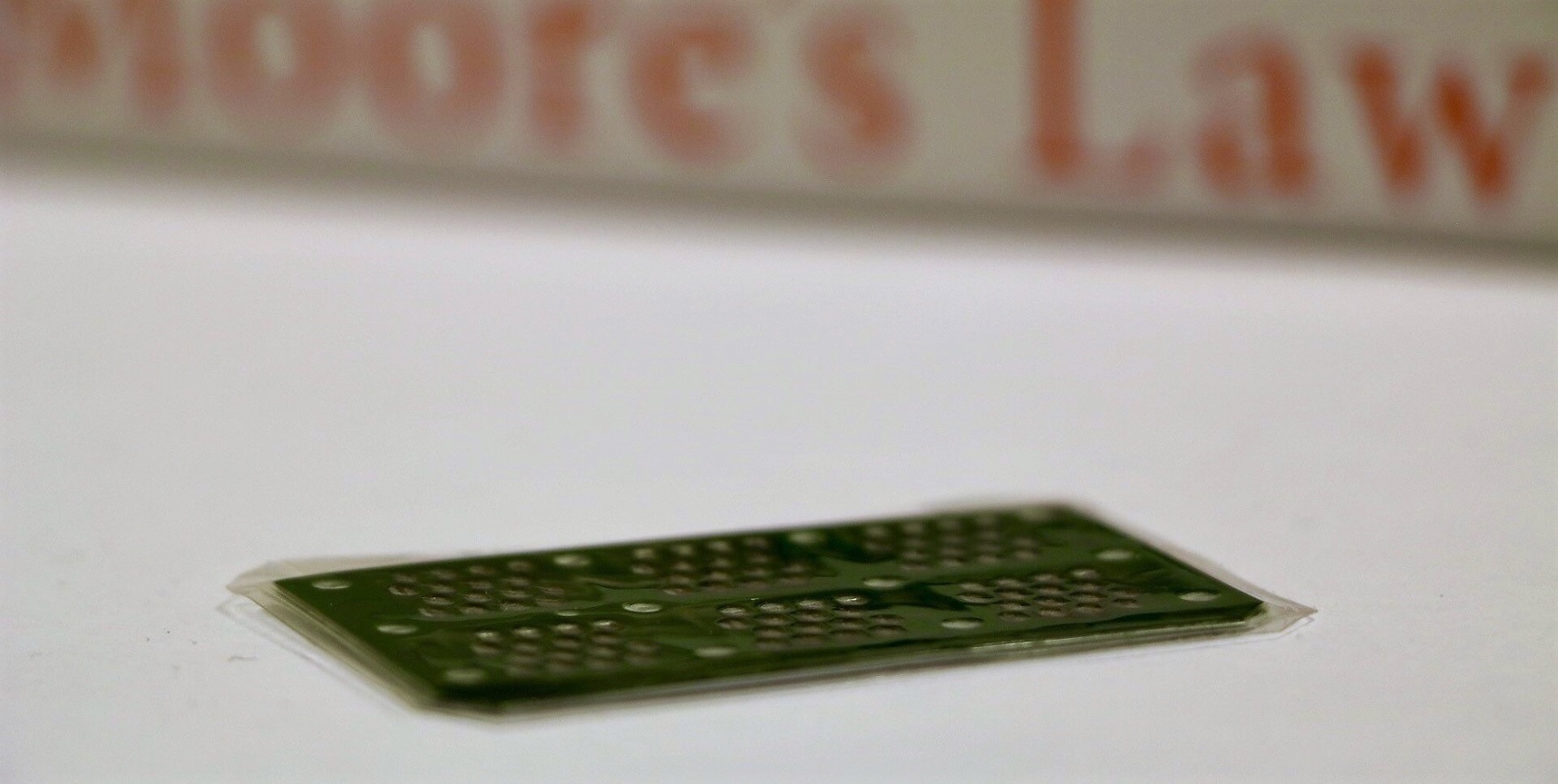By Jean-Jacques DeLislse, contributing writer
Portable energy technology vendor myFC says that it will soon reach a point in development in which production costs and energy density of its fuel cells will be equal to, if not greater than, current lithium-ion battery technology. MyFC has based this assumption dealing mostly with the cost and production of batteries that inhabit small devices such as smartphones and other portable accessories.
“We estimate that our fuel cell LAMINA and its fuel will exceed lithium-ion batteries by late 2020 in terms of energy per volume and weight,” said Björn Westerholm, CEO of myFC, in a press release. His claims boast of even thinner smartphones that weigh less as batteries are gradually replaced with myFC fuel cells over time.

MyFC predicts that fuel cells will surpass batteries in energy density and cost efficiency in a few years. Image source: myFC.
Unlike lithium-ion batteries that are self-contained, fuel cells produce energy only when exposed to a continuous source of fuel and oxygen (usually from air) that sustains the chemical reaction. Fuel cells can produce electricity continuously for as long as fuel and oxygen are supplied, whereas a lithium-ion battery runs out of juice whenever the reactions that are present in its cells cease to function. There are many types of fuel cells, but all of them consist of an anode, a cathode, and an electrolyte that allows positively charged hydrogen ions (protons) to move between the two sides of the fuel cell. At the anode, a catalyst causes the fuel to undergo oxidation reactions that generate protons (positively charged hydrogen ions) and electrons.
The Swedish company has focused primarily on three aspects of energy storage. These are manufacturing costs, energy density, and energy by weight. MyFC hopes to surpass lithium-ion batteries in all three of these categories.
That said, the smartphones of the future could be thinner, lighter, and cheaper to produce. As fuel cells become easier to produce, they could end the monopoly on potential power that lithium-ion batteries have had for the last 30 years. The fuel cells could also open up new options for mobility as well, allowing people to charge devices instantly and without a power outlet by simply changing the fuel cell. Fuel cells are also more stable than batteries and would not leak fuel, potentially explode, or catch fire.
It seems like the age of lithium is at an end, and the world should get ready for the fuel cell revolution. In the next few years, we can hope to see MyFC refine this technology and bring the new fuel cells to the market by 2020.
Advertisement
Learn more about Electronic Products Magazine





